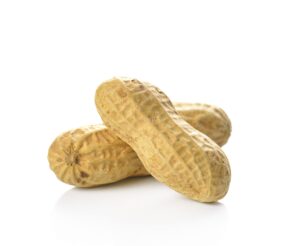 As the table below shows, the major part of what we feed our pigeons consists of carbohydrates. A pigeon’s digestive system changes the carbohydrates of the maize, wheat and peas into animal proteins, which are then stored in the muscles and the liver of the bird in the form of glycogen. During the race the glycogen has to be changed into energy in the same manner as in the engine of a car the energy to move the vehicle is derived from gasoline. The combustion of 1 gram of glycogen gives the pigeon 4.1 calories of energy. Whenever the glycogen tank has run dry and the pigeon has not reached the loft, he starts burning up his body proteins, which have the same combustion value of 4.1 calories. The pigeon is using up its own muscles, in the process losing weight and in extreme cases may come home, having nothing else left but feathers and bones.
As the table below shows, the major part of what we feed our pigeons consists of carbohydrates. A pigeon’s digestive system changes the carbohydrates of the maize, wheat and peas into animal proteins, which are then stored in the muscles and the liver of the bird in the form of glycogen. During the race the glycogen has to be changed into energy in the same manner as in the engine of a car the energy to move the vehicle is derived from gasoline. The combustion of 1 gram of glycogen gives the pigeon 4.1 calories of energy. Whenever the glycogen tank has run dry and the pigeon has not reached the loft, he starts burning up his body proteins, which have the same combustion value of 4.1 calories. The pigeon is using up its own muscles, in the process losing weight and in extreme cases may come home, having nothing else left but feathers and bones.
It would have been so much better if during these marathon races a pigeon could have had enough fat to burn. If, before being put in the basket, it had been offered feed high in fat, instead of the normal feed that has a low fat content. If this has been done the pigeon would not have been forced to use up its muscles; it would have come home nice and round, in excellent condition, because instead of protein, it had fat available for energy. Also it would have needed fewer grams of fat, because fat has a much higher combustion value than carbohydrates and proteins. A gram of fat provides a pigeon with 9.3 calories, which is 2.33 times as much energy. You know that a Formula-1 race car doesn’t use ordinary gasoline, but a fuel that is much higher in energy output.
To provide their pigeons with some extra fat, some fanciers feed them more maize(4% fat) and rolled oats(7% fat). And for the very same reason at the end of the season, when the pigeons are airborne the entire day during the big marathon races other fanciers feed their birds seeds high in oil content, like sunflower(28%), linseed(34%), hempseed(32%), and rapeseed (42%). Oil containing seeds are not just a treat for pigeons, they are much more important than that. When victories in especially difficult races are at stake, they could well become the deciding factor, because they help the birds hang on to their form and body weight, even under extreme difficult conditions.
It has already been proven by researchers in the UK that feed high in fat results in an improvement in performance, especially when the feed has been mixed with 5% corn oil. But let us return to the peanut, the first class fuel for our pigeon’s racing engines. Peanuts are oblong, round nuts, covered with a thin, brown skin. When you remove the skin, the white colored nut separates into two halves. At the feed dealer you can buy peanuts, either whole or in halves. As with other feeds a pigeon is not familiar with, it takes a while for them to get used to peanuts. The best time for the introduction is the winter and generally there are few problems. Even after just a few days the birds are starting to select the peanuts from among the feed, as if they are trying to tell the fancier they have never eaten anything more delicious. Even the most timid bird can be taught to eat from the hand with peanuts. A smart fancier will always have a handful of peanuts in his pocket. Also it seems that peanuts are about the best possible method to get young pigeons back in the loft.
Fanciers feeding peanuts to their birds, should keep in mind that these nuts far exceed other feeds in energy value: 5.7 grams equal 10 grams of ordinary mixture. If we would feed our pigeons nothing else but peanuts, we could cut their rations in half. It is possible for pigeons to survive on peanuts only?? Dr. Meyer told me about an old friend, somebody by the name of Eduard Pape of Hamburg, who used to be a laborer at the port, unloading peanuts for the oil mills. Shortly after the war, Mr. Pape was already feeding his pigeons only on peanuts because he could get them for nothing. He did not give them very much, making sure he didn’t overfeed them and came up with excellent racing results, especially on the more difficult races.
When we feed peanuts we have to keep in mind that the peanut, with a protein content of 30% follows the soybean in having the highest content of protein. Peanuts are much higher in protein than maize, for example, or wheat. As a source of fat protein peanuts are also ideal feed for the young, nest raised pigeons. The make-up of a peanut is similar to that of crop milk, which consists of fat and protein only. But peanuts are expensive, so we should only feed them when they are most needed.
Dr. Meyer buys the peanuts from his feed company, cracks them in his kitchen machine, so the peanut has been broken into three or four pieces, because when one feeds peanuts whole, the fats eaters among the flock will have swallowed already ten nuts before the less aggressive birds, which often are the best racers, have managed to get their first one. All pigeons should be fed an equal amount of this valuable feed, and he feels that this is accomplished best with small pieces. But he always carries a few peanut halves in the pocket of his work coat; he feeds these individually to the pigeons in the breeding loft. He prefers tame pigeons; his opinion is that it is always in the interest of a fancier to have a good relationship with his birds.
While raising their young, he gives the always hungry parents, besides granular feeds, 5-10 grams of peanut pieces directly in the breeding loft, especially between the 6th day and the 12th day, when the youngsters have to change from mush to rough feed. This method is strongly recommended for those parents who don’t like the mush. Also the weaned young birds are introduced to peanuts in a hurry. A fancier who gets into the habit of calling in his young birds by offering them a few peanuts, will notice something quite interesting: these pigeons will never have problems entering the loft after a race.
During the racing season the most important function of the peanut is to increase the attraction of the widower to his box. When after having been locked out for about an hour the door is opened again, the widowers can’t wait to get back into their boxes to find out if somebody has surprised them with a few pieces of peanut in their feeders. After they have fed themselves from the collective feeder, they are all standing in their own box, eagerly waiting to see if the boss will stick his hand in his pocket to feed them another treat. These are the most precious moments for any fancier, or animal lover, when wandering from one nest box to the next, he hands out his treats, which are snatched away by some, while others, with outstretched necks, will be more reserved about the way they peck the nuts from the hand, or free them from tightly held fingers. This is an excellent way of feeding individually. A pigeon, returning late from a race, having had to work much harder than his neighbor who finished at the top is given an extra measure. The inattentive fanciers have to be made aware of the fact that it takes a lot of time to get a worn-out pigeon with weight loss back into shape again with a cleansing ration, low in protein. Don’t expect from them a top performance the following weekend.
Widowers, who handled a race well, are given only the occasional peanut during the first half of the week. The amount is gradually increased as the week draws to an end. We are familiar with widowers who eat poorly, and even with lots of extra attention from the fancier, are still too light. Such birds do much better when fed some good tasty peanuts. It is important to check how many peanuts are given to the racing widowhood hens, because they should be fed less than the widowers. The few times these birds are allowed to visit their boxes, they always find a few peanuts, causing an increase in their love for the nest. Because they covet these treats so much, they become aggressive protectors of their boxes whenever a female neighbor attempts an amorous visit. Dr. Meyer becomes less stingy with the peanuts for the widows on the evening before they are basketed and on the day of basketing. This ensures that these widows have enough energy for the race, even though they are a little underweight. Although he plays widowhood for 14 weeks straight, because he feeds his widows in this manner, he has no problems with lesbian activity or with laying of eggs. His widows are also more reliable in the races than his widowers, and often they are faster, especially when the race is difficult.
When the weather forecast indicates head winds, all participants are given an extra portion of peanuts in preparation for a strenuous flight. But when the pigeon can look forward to a tail wind instead, they are given peanuts sparingly. If he is basketing for a race that involves two nights in the basket, Dr. Meyer feeds grains in the morning(high in carbohydrates), but early in the afternoon(so there is time left to drink), the pigeons are given as many peanuts as they like. Because one helping of peanuts equals in energy value two crops full of dried feed, the birds are actually eating for two days. At the same time Dr. Meyer knows that when feed is provided in the boxes, his pigeons will not snack on bits of field corn.
Feed, Nutrition and Peanuts For Racing Pigeons by Steven Van Breeman

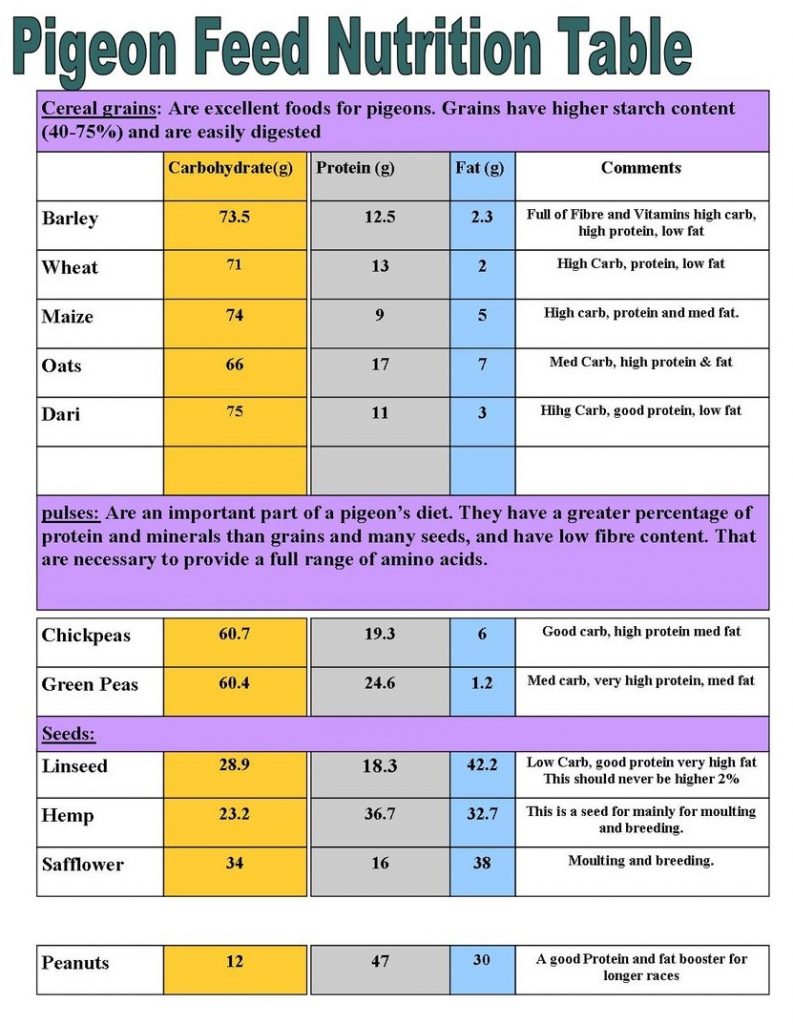
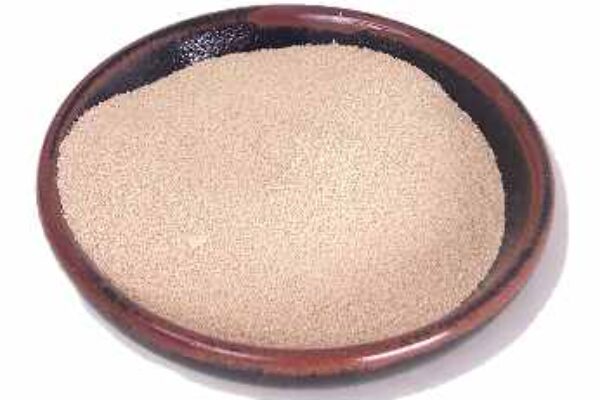
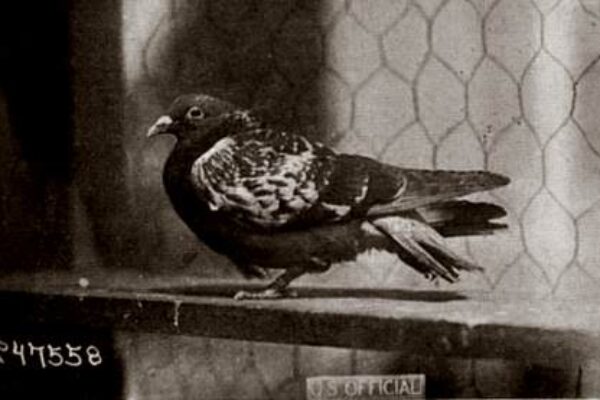
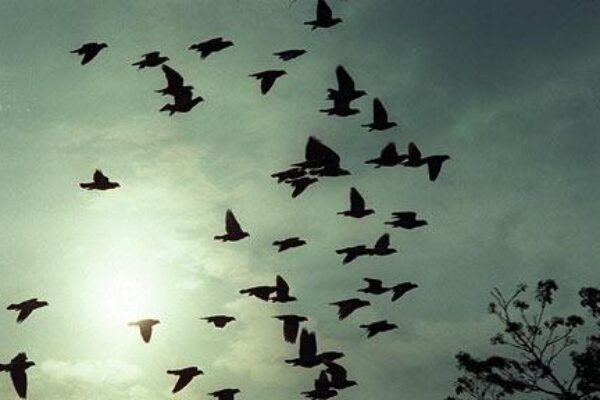
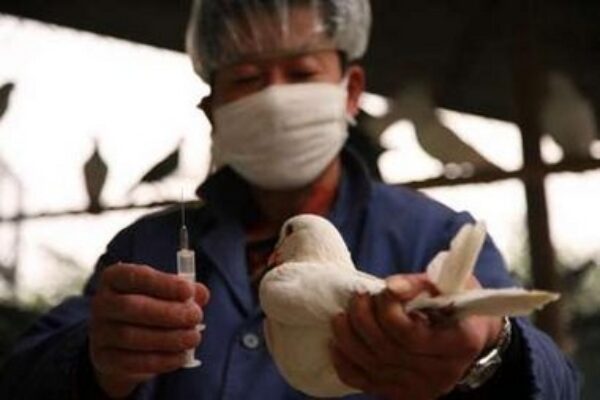
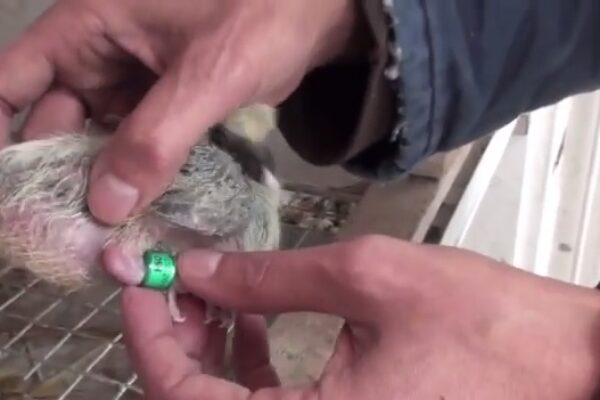



How we give them peanuts.
Hi Shahzad, here are a few articles that I think will help you.
https://www.pigeonracingpigeon.com/nutrition/feed-nutrition-and-peanuts-for-racing-pigeons/
https://www.pigeonracingpigeon.com/whats-new/pigeon-feeding-schedule-utilizing-raw-peanuts/
https://www.pigeonracingpigeon.com/whats-new/raw-peanuts-an-important-part-of-a-racing-pigeons-diet/
A really good well written article. I will have to try and find a supplier of feed peanuts as the supermarket ones in New Zealand are extremely expensive.
PEANUTS
serve more than one purpose:
1
Feeding peanuts singularly to birds contributes to a strong kinship to the fancier which adds to motivation to hurry home on race day.
2.
Peanuts provide the fuel race birds need for long distance races and hard, strong head wind races.
Fantastic insight and addition to the article Mel, thanks for posting!